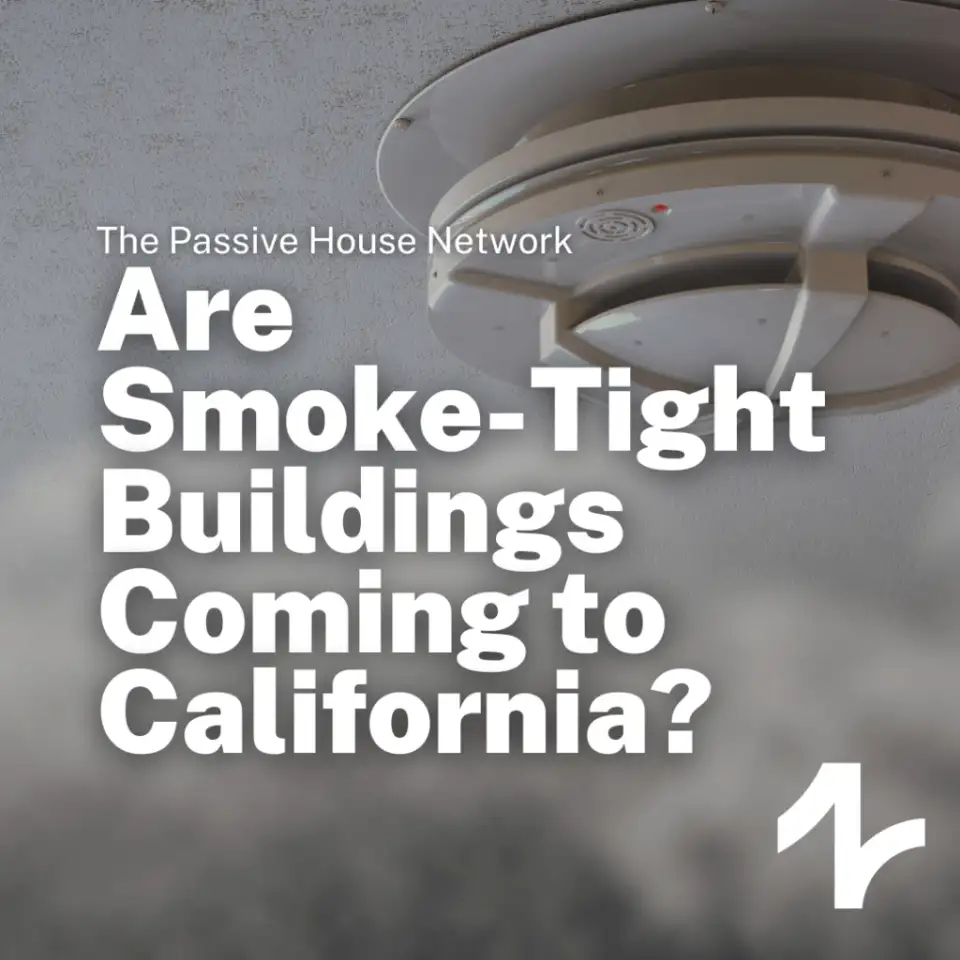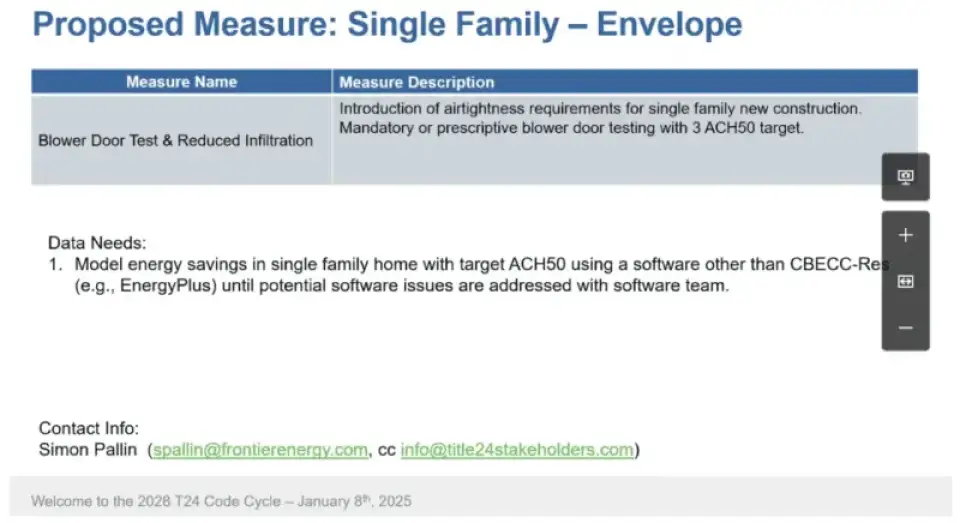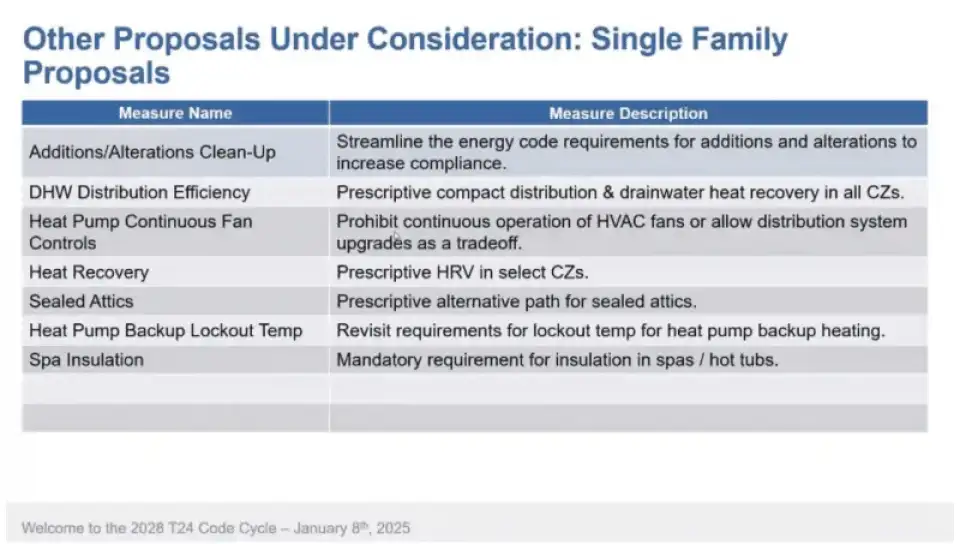Our Endorsements
While PHN is pleased to endorse all these proposals, we are especially encouraged to finally see airtightness, blower door testing, and minimal envelope efficiency measures proposed. We note that not all measures always move forward. More troubling is that the measures that do move forward will only require enforcement in January 2030. (California energy codes are adopted in the title year – this one slated for 2028 – but only begin enforcement two years later.) By 2030, further floods, hurricanes, wildfires, and heat storms will impact many more Californian homes and businesses. Despite its much-vaunted leadership, California’s energy code has not kept pace with the health- and life-safety measures required for our buildings to remain occupiable and resilient in the face of an accelerating climate catastrophe. As long-time advocates for improved building resilience, we believe California’s energy code should already be looking to include other critical life safety and durability issues, such as thermal bridges and better exterior shading. The soonest these could possibly be addressed is 2031, which does not bode well.
Taking Action
As early as 2010, Passive House advocates in California politely asked the CEC to address improved building infiltration and begin to require blower door testing. This was fifteen years ago. We were relieved to finally see this measure being considered for the 2028 code cycle. While this certainly comes too late for many of our friends and colleagues in Los Angeles, we continue pushing for better building practices and adoption. PHN is now working with a growing coalition of climate and building advocates to ask our legislators to add a Passive House alternate compliance pathway into our building energy code. While this will not be an easier pathway, it will remove a barrier for those wanting to rebuild better by allowing them to use Passive House certification in lieu of the current Title 24 energy code. It will allow the CEC to add a pathway to accelerate better building practices by sending a signal to the marketplace. The bill simply removes one small barrier for front-runners to build smoke-tight, resilient homes.
We encourage you to support this collective effort by registering your support and contacting your elected officials to tell them about this draft bill to accelerate smoke-tight, safe, and climate-resilient homes.
January 9th, 2025
Bronwyn Barry, Policy Director
The Passive House Network


